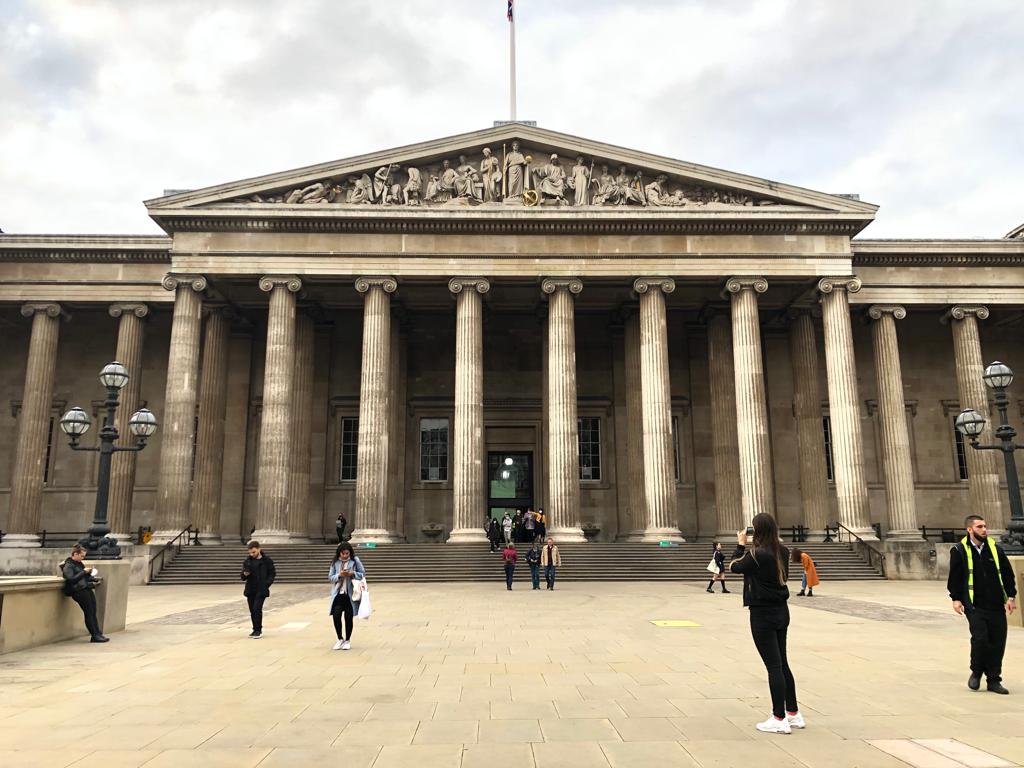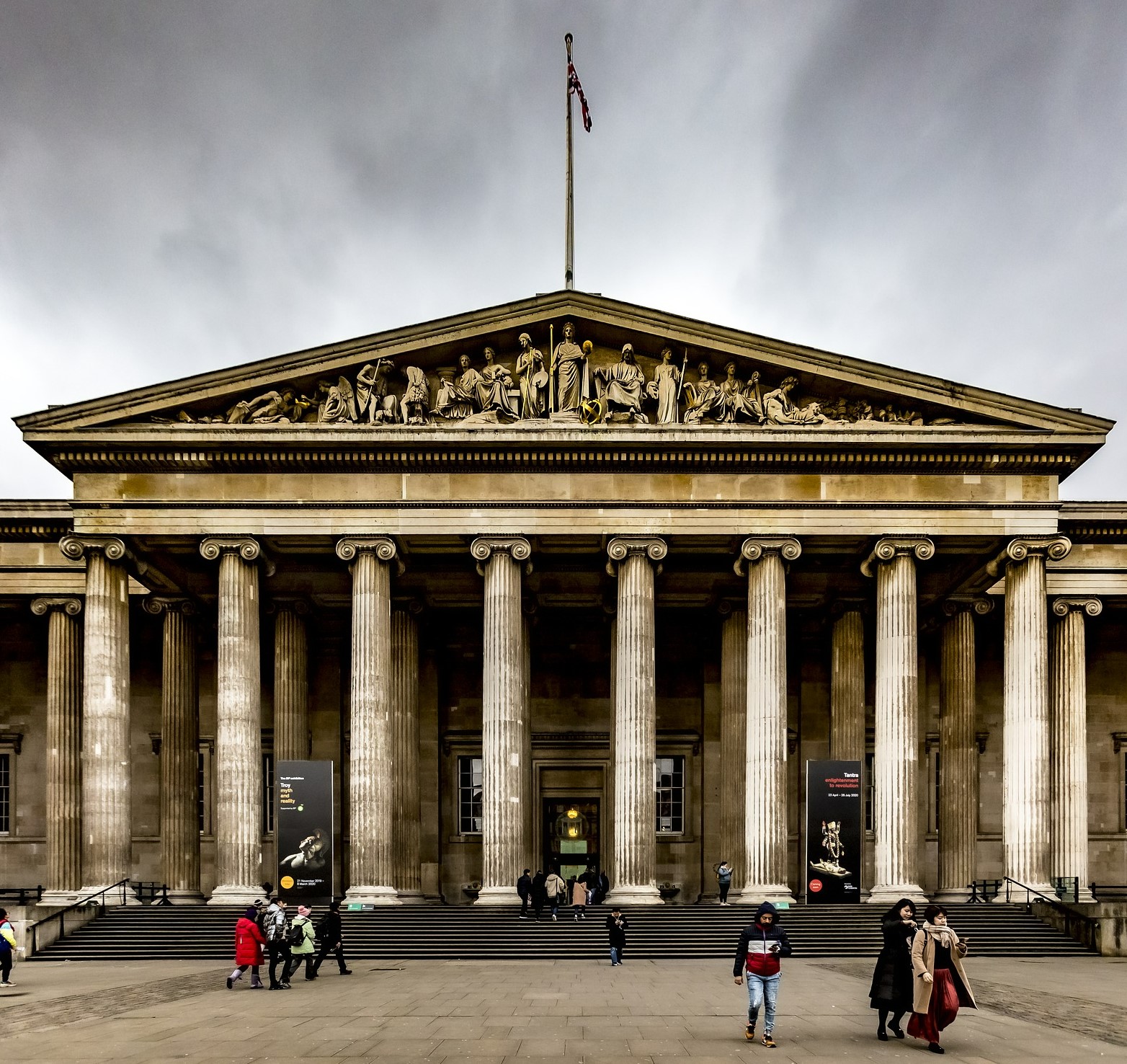Meet the early-stage entrepreneurs who will be pitching live at this year’s Pitch & Awards evening, competing for Best Business Idea and Best Business Pitch.
We are excited to introduce this year’s Pioneer 1.0 finalists who have been shortlisted to pitch their business ideas live in June in front of an esteemed judging panel and invited audience.
After two turbulent years which transitioned the Pitch & Awards evening to a virtual event, we are delighted to be back in the room to celebrate the fifth year of the programme.
Over the last five years, the Pioneer 1.0 programme has supported over 500 budding entrepreneurs at Birkbeck and continues to champion ambitious students and recent graduates who have innovative ideas that will make a difference.
Since kicking off in November 2021, participants have taken part in seven monthly workshops to develop the skills and knowledge to succeed in business, learning from a range of entrepreneurs, industry experts and each other to turn their ideas into reality.
The six finalists are in with a chance of winning either the Best Business Idea or Best Business Pitch award, each worth a £1500 cash prize to support their business, along with a bespoke package of mentoring, coaching and promotion.
This year, over 100 students and recent graduates have participated in the programme and their achievements will be celebrated at the pitch and awards evening on Tuesday 14 June at BMA House in Bloomsbury.
Meet the Finalists
Annabel Ola
- MSc Culinary Innovation Management
- Business: BEKIRI
BEKIRI exists to expand the boundaries of modern luxury patisserie. The fusion classic recipes and African ingredients will offer a new dimension of cultural discovery and appreciation for customers.
Ella Snell
- MA Philosophy
- Business: Art School+
Art School+ is a service which connects early-career and underserved artists with unique paid commissions. It further aids both artists and organisations by providing bespoke training and 360 support.
Kacey Ibirogbà
- Bachelor of Law
- Business: Kọ silẹ
Kọ silẹ (koh-see-leh) is a compounded social bookmarking platform, simplified and designed with the adaptability of restoring structured balance into every aspect of our lives.
Sonja Bacinski
- FDSc Computing/Information Technology/Web Development
- Business: Zolibri
Zolibri is an online platform that finds, validates and brings together the best of ethical & eco-friendly cosmetics from numerous online shops so you can find them all in one place.
Susan Christine Wachera
- MSc Organisational Psychology
- Business: Black Talanta
Black Talanta is democratising access to equitable high-skilled employment by pairing internships with black heritage students and recent graduates enabling them to make an informed career decision about the professional pathways that best suit them.
Wunmi Adebowale
- MSc Coaching Psychology
- Business: The Whole Woman Initiative
The Whole Woman Initiative is the social cause working to end domestic violence against women in Nigeria by providing psycho-social support and building a safe space community.























